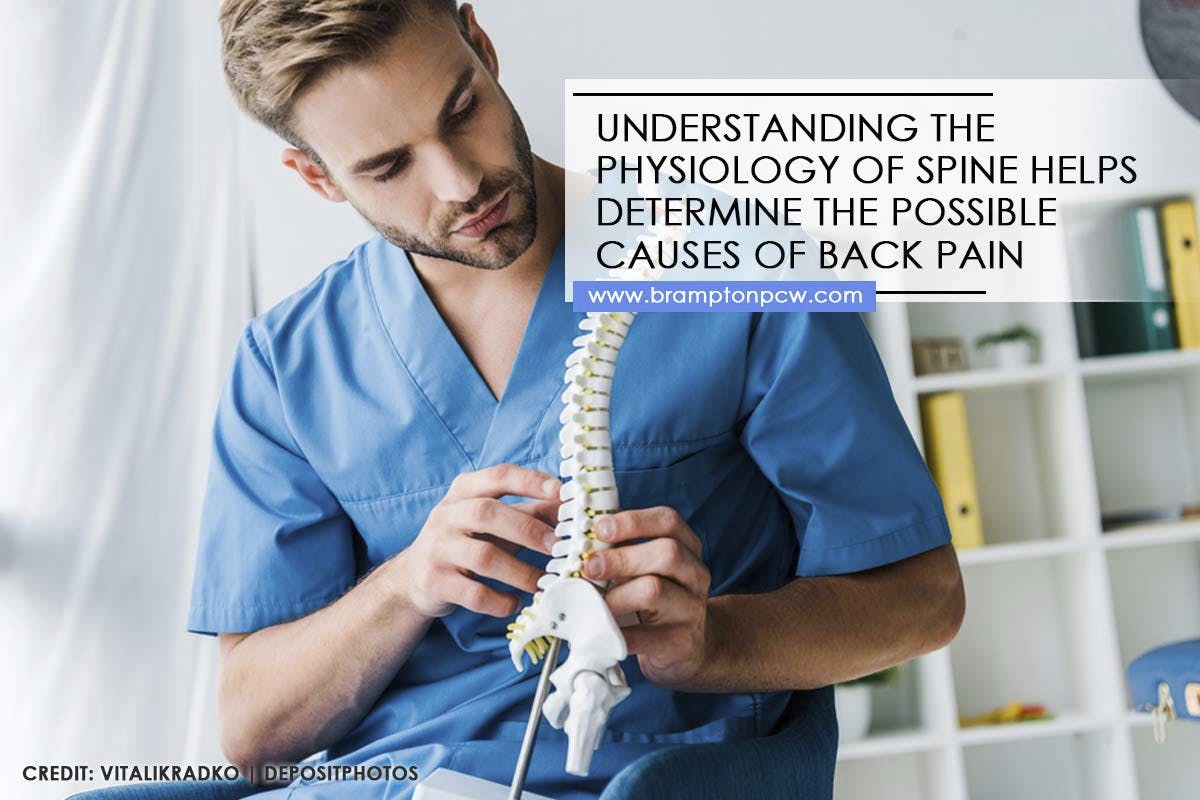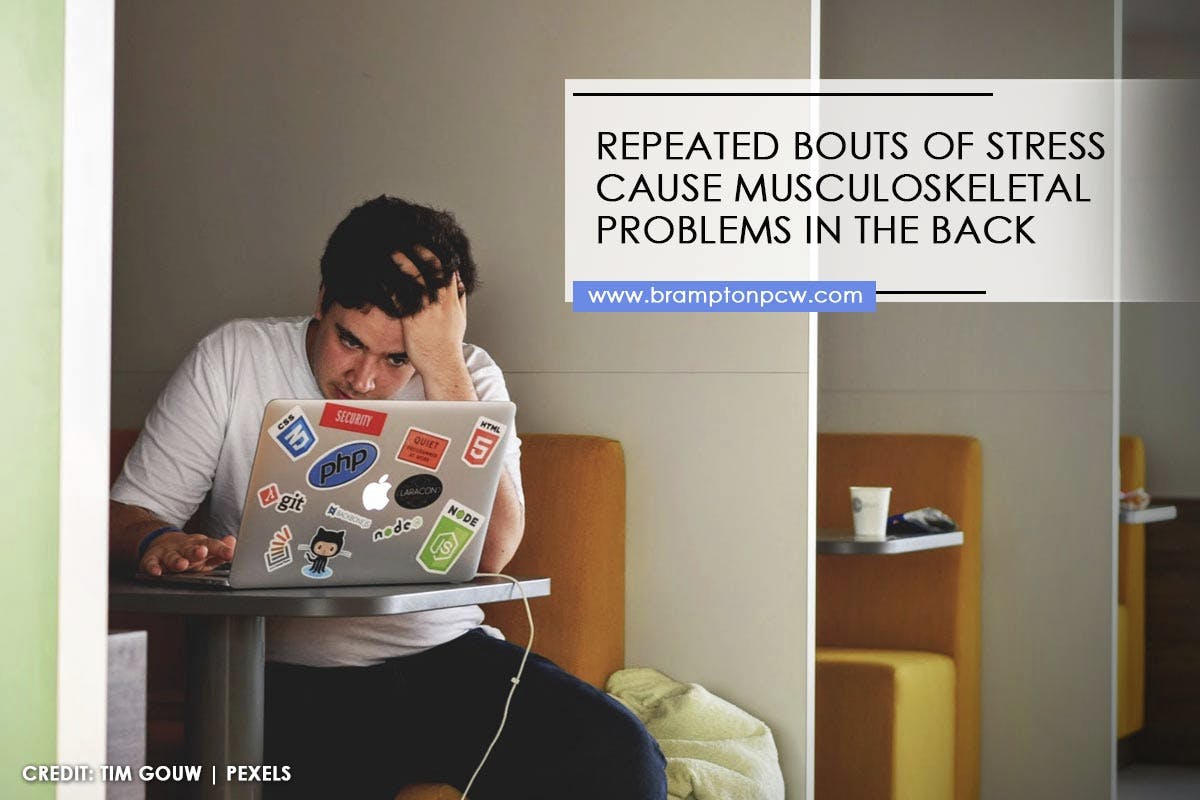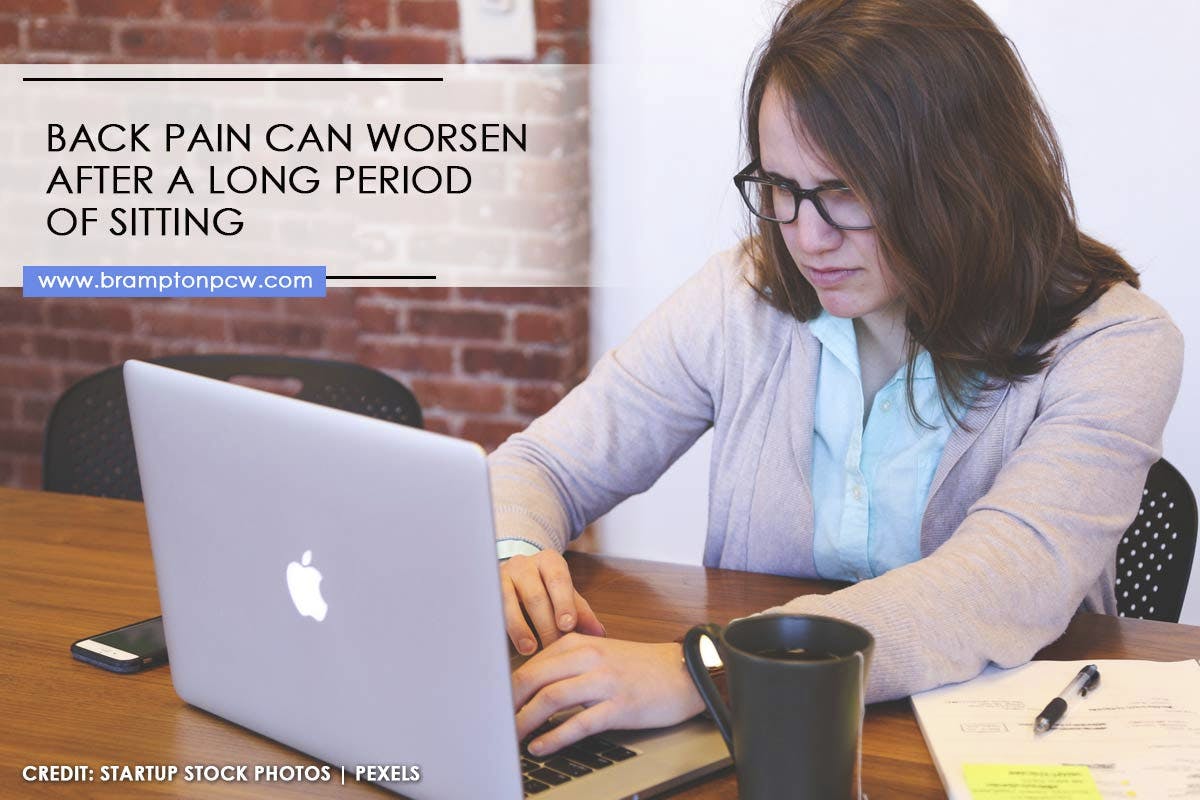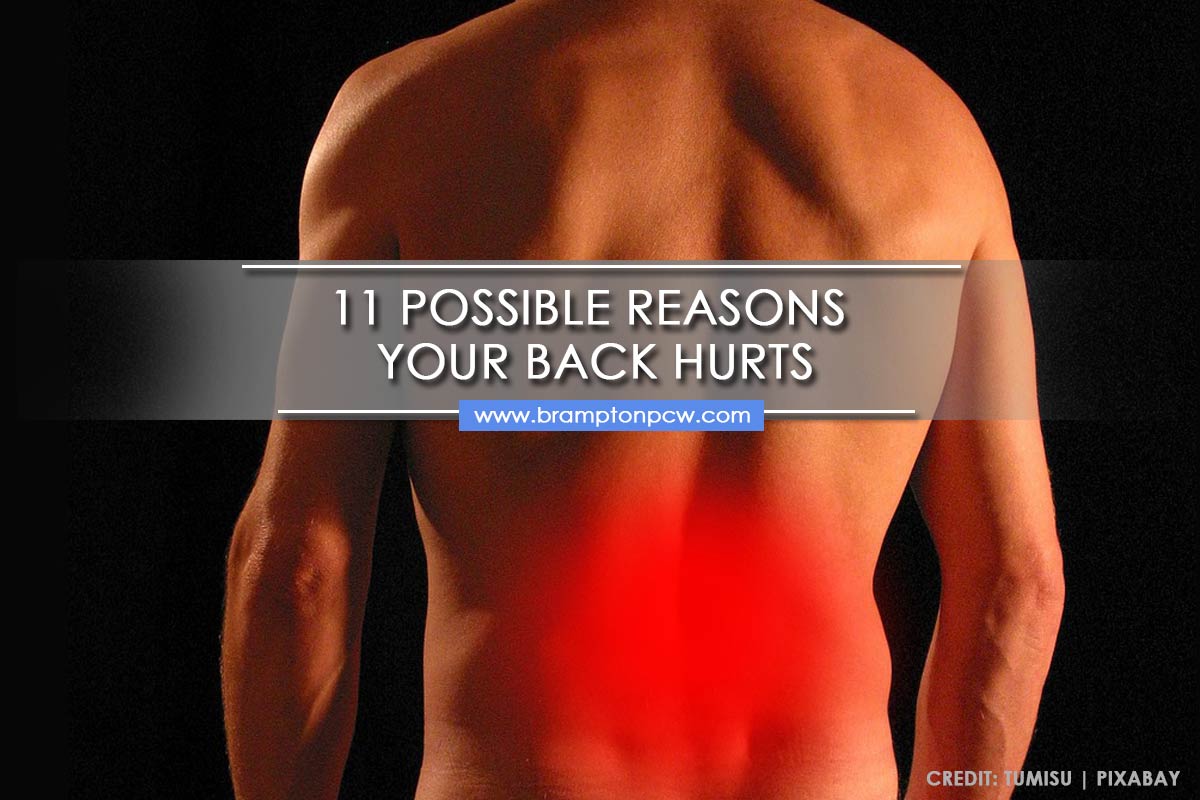Back pain is among the most common chronic conditions experienced by 4 out of 5 Canadians at some point in their lives, often keeping many out of work. It affects both men and women aged 30 to 50. This condition often affects the lower back as it carries most of your body weight and physical stress.
People struggling with back pain often report symptoms ranging from pain, muscle stiffness or tension, weakness in the legs or feet, and sometimes, a tingling or burning sensation that travels down the leg. These back pain symptoms are often caused by stresses on the back muscles and ligaments.
Why Does Your Back Hurt?

When your back hurts, identifying the cause may not always be a straightforward process. There are various back-ailments that can result in pain. That is why it is important to understand the anatomy of your spine.
- Spine - The adult’s spine is made up of 24 stacked bones known as vertebrae, along with the sacrum and coccyx bones. Aside from housing and protecting the spinal cord, the spine also supports the body.
- Disc - A gel-like material that cushions and acts a shock absorber between each vertebra
- Facets - Consist of ligaments, tendons, small joints, and muscles that hold the vertebrae together
Back pain can be acute or chronic. Acute back pain occurs suddenly and lasts no more than 6 weeks, while chronic back pain is a less common condition that lasts more than 3 months. When back pain develops without a cause, you may need to undergo a test or an imaging study to identify any underlying condition/s.
Let us explore the different back pain causes:
- Herniated or Slipped Disc
A herniated disc occurs when the gel-like substance between the vertebrae ruptures through a weak area in the tough outer wall. Most herniated discs affect the lumbar spine. The protruded disc irritates the spinal cord, resulting in inflammation and swelling. Common symptoms of a herniated disc include:
- Pain and numbness on one side of the body
- Pain extending to the arms or legs
- Pain that worsens at night or with certain movement (standing, sitting, or walking)
- Unexplained muscle weakness
- Aching, tingling, or burning sensation on the affected area
Age, awkward twisting or turning of the body, lifting heavy objects, and obesity are among the most common causes of a herniated disc.
- Spondylosis
Spondylosis is a type of arthritis characterized by the wear and tear of the spine. The spine’s vertebrae, discs, and ligaments eventually weaken as we age. Ageing weakens the spinal discs and narrows the spaces between the vertebrae. Osteophytes or bone spurs also start to develop at the edges of the vertebrae and facet joints. Symptoms include:
-
- Stiffness
- Pain that worsens with certain movements or prolonged sitting
- Muscle spasms or pain
- Popping or grinding feeling with back movements
- Weakness or the legs and hands
- Headache
- Poor coordination
- Poor balance or difficulty walking
- Loss of bowel or bladder control
- Spinal Stenosis
Spinal stenosis is the abnormal narrowing of the spinal canal, which causes pressure on the nerves travelling through the backbone. This condition often affects the lower back (lumbar stenosis) and neck (cervical stenosis). Common symptoms include:
Lumbar Stenosis:
-
- Weakness in the foot or leg
- Numbness or tingling sensation in the foot or leg
- Pain on one or both legs caused by prolonged standing or walking
- Back pain
Cervical Stenosis:
-
- Weakness in the hand, arm, foot, or leg
- Numbness or tingling sensation in the hand, arm, foot, or leg
- Poor balance or difficulty walking
- Neck pain
- In severe cases, bladder or bowel dysfunction
Depending on what is hurting your back, the healthcare provided will recommend lifestyle changes, pain medications, or possibly, a surgical procedure for severe cases.
How Your Lifestyle Can Cause You Back Pain
If the imaging test does not show any problems that have caused you back pain, then maybe it is time to re-evaluate your lifestyle and check what is causing you a painful back.

- Stress - Stress causes the body to produce a series of chemical changes in the body, which causes muscle tension and spasm, and consequent neck, shoulder, and back pain. For back pain relief, try some relaxation techniques, such as yoga, deep breathing, or a short walk.
- Wearing High Heels - Your favourite pair of high heel shoes might be hurting your back. Wearing high heels can throw off your centre of gravity as they force your body to lean forward when walking, put extra pressure on your feet, and prevent you from extending your calf.

- Unhealthy Eating - People struggling with back pain often complain of gastrointestinal problems. Health experts reported the link between nutrition and back pain. Inflammation in the body, including the lower back, can be triggered by consuming foods packed with fats and sugar. To reduce the risk of back pain, make sure to incorporate whole grains and protein into your diet.
- Wearing Too Tight Pants - Love wearing skinny jeans? Women who are fond of wearing skinny jeans can suffer from back pain. Choose clothes that are snug but not skintight.

- Prolonged Sitting - Sitting for hours can be detrimental to your body. Inactivity or prolonged sitting causes muscle tightness and stiffness. To prevent back pain, health professionals recommend sitting up straight and stretching your lower posterior muscles (hamstrings, glutes, Achilles, and calves) to fire up.
- Skipping Ab Workout - Having a strong core is your best defense against back pain. Weak ab muscles cause your lower back muscles to work harder, which eventually results in back pain. Perform exercises, such as planking, superman, and bird dog, to engage your erector spinae.

- Smoking - Smokers have a higher risk of developing chronic back pain than non-smokers. Nicotine, a chemical compound present in tobacco products, inhibits blood flow to the spinal discs, speeding up the rate of disc degeneration. It also restricts the absorption of calcium and prevents new bone growth, increasing the risk of osteoporosis.
- Uneven Hips - Many people may not realize that the imbalance in your hips causes lower back pain, especially when working out. Uneven hips affect how your body responds to particular movements. For instance, if your left hip is higher, doing a lunge on your left side causes your hip muscles to pull tighter.
How to Relieve Back Pain Safely and Naturally?
Physiotherapy can help prevent back pain without medication and surgery and help patients return to their normal lives as quickly as possible. It enhances mobility and flexibility through customized rehabilitation routine, which helps the physiotherapist identify the areas the needs improvement.
Brampton Physiocare & Wellness Clinic has excellent facilities and uses the latest tools and equipment to treat back pain. To book a physiotherapy session in Brampton for chronic back pain and other ailments, call us today at (905) 497-1311 or request an appointment online.







